|
Kuwait Army Training I got the opportunity to train with my counterparts in the Kuwait Army Weapons of Mass Destruction (WMD) Corps. The Kuwaiti’s trained us on there area reconnaissance tactics and we trained them in our site characterization, exploitation, and mounted reconnaissance. We were able to facilitate this training with the use of translators. I was more comfortable than others with speaking through a translator with previous trainings in safety, except I was more used to English to Spanish, not English to Arabic. Regardless of that, it was a great relationship building exercise and fostered a real sense of partnership. It was great to talk with the guys during the break, it really shows that wherever you go, people are generally the same. It will be an experience that I will not forget. Kuwait Towers My most recent trip off Camp Arifjan was to the Kuwait Towers. The Kuwait Tower park is located in Kuwait City standing prominently into the Persian Gulf. The park consists of three towers with the largest tower standing at 614 feet and carries two spheres within the tower, which contains an observation post of the entire city and the Persian Gulf. These towers are actually water towers and there are 31 other towers spread throughout Kuwait, although they are not as large or prominent as the 3 Kuwait Towers. The city is just as lavish and modern as any other American city. Cross Training: This past month my unit conducted cross level training. My platoon specializes in dismounted reconnaissance (in which we perform site characteristics to gather intelligence to send back to higher). The other two main focuses are mounted reconnaissance with Strykers and decontamination. The mounted reconnaissance vehicle is the Stryker, which is essentially an armored personnel vehicle. The variation of the Stryker combat vehicle that we have is the M1135 Nuclear Biological, Chemical Reconnaissance Vehicle (NBCRV). This variation of the Stryker has an on-board integrated NBC sensor suite. Driving the Stryker is actually very fun, the driver seat is low to the ground, it’s almost like driving a sports car, that cost several million dollars. The NBCRV has a complement of 4 soldiers (driver, surveyor, vehicle commander, and assistant). The NBCRV has a left handed glove port on the back of the vehicle. The surveyor has to lay on the floor, use the glove port, and attempt to look outside the window (which is a little bit smaller than a piece of paper) to collect samples. It is an extremely difficult task and takes lots of practice to get used to. You literally only have your left hand to work with. The other cross level training we did was in decontamination principles. The decontamination platoon taught us about mass casualty decon, equipment decon, and terrain decon. The problem with the training is wearing the appropriate protection level and dealing with the heat. Other than that, it was good to learn these tasks as it will be the main task that we will be doing once we get back to Ohio. Heat: Being from Ohio, I am used to a more humid summer weather. The heat here is more of a “dry heat,” but there is still a decent amount of humidity in the air. Just walking outside during the daytime makes me sweat. Even at 2100 the temperatures can be in the 90s. The “coolest” the daytime temperature in the next two weeks will be 96 degrees Fahrenheit, with most days being consistently over 100 degrees Fahrenheit. By 0500 the sun is up, and the temperatures can already be in the 80s. The weather honestly feels like opening the door of an oven. It is very windy, and the wind just blows more hot air into your face. The crazy part, we haven’t even reached the hottest time of the year in July/August in which the temperatures will be between 110-120. Family:
Jane is now almost 10 months old and was able to go in the pool for the first time this season. She is a water baby, and that should make her mother happy. I have well over 1,000 photos and videos on her on my phone.
0 Comments
One of the most interesting things about my deployment to Kuwait, is that we have been able to take trips into Kuwait City. It is a chance to expand my world view outside the Midwestern United States upbringing. I have visited several malls (the malls here are by far more extravagant than any American mall), the market place where the store keepers say that they have "real fake Rolex's," and I've been to several museums. The most recent trip I was on was to the Grand Mosque. Completed in 1986 the Mosque is one of the crowning jewels of Kuwait City. The Grand Mosque spans 480,000 square feet, has a dome that is 85 feet in diameter and 141 feet high, and can hold up to 10,000 people in the main hall. The dome was originally too heavy; therefore, they had a build a larger support structure (blue part of the roof) to ensure the dome would not collapse. The most fun training that we went through this last month was drivers training on our “new to us” Maxx Pro. The Maxx Pro is a variant of the MRAP (Mine-Resistant Ambush Protected) family of vehicles. The first thing you notice between the Maxx Pro and the standard Humvee is the size. The Maxx Pro is almost 10 feet tall and comes in at a staggering 46,000 pounds. The heaviest Humvee weights roughly 7,700 pounds and is only 6 feet tall. The Maxx Pro is a gigantic step forward in armored personnel carrier and will eventually phase out all the Humvees. Driving the Maxx Pro is surprisingly easy and much smoother than the Humvee, or any other military vehicle I’ve ever driven. It also features a backup camera. But, the best feature in my opinion is the night vision driving capability. There is a camera that is mounted on top of the Maxx Pro, and there is a monitor screen that can be flipped down above the driver that is connected to the camera. It feels like a video game as you are using the monitor. It is surprisingly easy in my opinion to drive at night with the headlights out, while driving as what is called "black out" conditions. Well when we aren’t spending time training or going into town, Arifjan also host a number of races, mainly 5k’s. However, the last two races that I ran was a 10 Mile race and my first Marathon. The 10 miler was somewhat easy enough, I’ve been training to run longer distance and was able to run 10 miles at somewhat ease. I can’t say the same thing about the Marathon. The longest distance that I’ve ever ran was 13 miles. I was running pretty well till I hit the wall at mile 16. It was at that point that I needed to split time between walking and running. Thankfully along the route there was water and bananas to help replenish the runners. A fun thing about running in the desert, is that when you sweat the wind blows the sand and it sticks to your face. So, you have this general gritty feeling when running, plus you can feel the sand getting into your shoes. At mile 21, while walking, I ran into a Polish Airmen named Damian. It was pretty interesting to get a chance to talk to one of our allies. We both had a laugh at our shared experience. At mile 24 I was finally able to get the will to run the last two miles without walking, as I passed Damian I told him “It’s time to finish this damn thing.” 50,000 steps later I crossed the finish line at 4 hours and 57 minutes. Without a doubt that was hardest thing I’ve ever done physically. My legs hurt for about a week after that. Hats off to anyone that has done multiple marathons. And just out of nowhere, the heat has finally started to boil. It’s as if someone turned the heat up in an oven, and sadly it’s not even close to how hot it’s going to get. The hottest day this past week was 96 degrees Fahrenheit. It's going to get at least 20 degrees hotter. The "dry heat" of the desert has turned out to be a lie as well. There is plenty of humility in the air to make it feel hot and sticky. We do our best to stay out of the heat by changing our training times and staying inside as much as we can.
Jane continues to grow and my picture and video count is almost at 1,000. Each day I get closer and closer to going home. Getting pictures like this reminds me of how lucky I am to have such a happy and healthy baby. I have officially crossed the midway point in the deployment. It is crazy how humans have the ability to cope with their surroundings, and within a short time, find it ordinary and to make a routine that almost seems normal. I know that I have gotten to this point. Home seems almost foreign, it will almost be a culture shock when I do eventually go home. 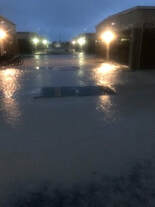 Back at home in Ohio, the temperature has been below 40 degrees most of winter and has seen lots of rain and snow. I haven’t seen a serious rainstorm since November (although when it did rain, we received the average yearly rainfall of Kuwait in just 8 hours, the base was flooded. But that was a one in a hundred-year rain storm). It does rain, but it mainly sprinkles. And it doesn't rain for very long either. 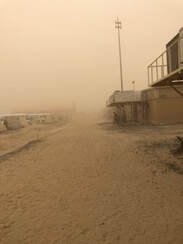 Snow storms have been replaced by sandstorms, of which we have had 3, but none major. To me, 50-degree weather is freezing. I’ll even wear hoodies and pants when it’s in the upper 50s. I have been lucky enough to have started being here in the winter, the temperature is relatively warm (70s) and sunny during the day and cool at night (40-50s). Sand storms are rather annoying. Unlike snowstorms you have to actually worry about the sand getting in your eyes. You also have to cover your face so no sand gets in your mouth. I'd take a snowstorm over a sandstorm any day. Another difference is the living situation. I lived in a nice house with just my wife and daughter, I also have the luxury of a master bathroom back at home. I now live in a barracks with 35 other males. It is an open barracks, but we have “rooms” separated by the wall lockers, our “doors” are curtains. Most people have tvs, or game system to stay busy at the end of the night. The barrack surprisingly stays relatively quiet and lights are out by 2200 during the week. My barracks does not have running water or internal plumbing. Instead there are bathroom trailers on both side of the barracks complex, of which my complex alone has 45 barracks buildings. The bathroom trailers are alright, just never expect to have a consistently warm shower, just expect a cold shower and savor when you get a warm shower. Another interesting thing, is that some of the portlets have running water. There portlets with the running water are spray painted “western style,” and they have a real toilet and urinal. If you are wondering, yes, they do have an “eastern style” portlet, it literally is a portlet with a hole instead of a toilet. Speaking of water, there is no “potable” running water in my zone. All water that is drinkable is bottled water. I drink anywhere from 6-8 bottles of water a day. Water stations are set up around my zone for soldiers to grab water. It will be odd paying for bottled water when I get home, as it is free and readily available. I still get the chance to Facetime my wife (Julie) and daughter (Jane) 2-3 times a week. Pictures and videos are also my lifeline, of which I now have over 800 of Jane. Being away from my wife and daughter has still been the hardest part about this deployment, the best parts of my day are getting those pictures and videos. And the highlight of my week is getting to facetime them. I know I’ll never take family for granted. I’m blessed to have a great family that messages me regularly and sends me numerous care packages (I have been called the "Care Package King"). It’s crazy how going away 7,000 miles can sometimes bring you closer to people. I know that I feel closer to my family. For Part I: https://www.staccard.com/blog/lessons-learned-from-a-drill-sergeant
“Right Time, Right Place, Right Uniform, & Right Attitude” was a phrase I remember my Drill Sergeant repeating over and over. It seems easy enough – basically just show up and be ready to go. Being a sergeant in the Ohio Army National Guard these values have a new meaning as I can have anywhere from 3-10 soldiers under my direct charge that I also have to hold to these values, not just myself. But, I believe it is easy to say, that these values can be applied to all workplaces, especially in the practice of safety. Right Time: Simple enough, show up for work at the right time. In the Army if you arrive on time your late. Formation may be at 0700, but you should know that means get there at least 15 minutes early. The same in the civilian world holds true, consistently arrive to work on time, therefore ensure to pre-plan for any potential delays in order to prevent having to rush to work. Right Place: Clear enough, show up to the right location. In construction people might be moving around to different offices or projects, so it is essential that you give/get specific directions about where is the correct place to meet. Right Uniform: It might be simple, but there are actually a number of different uniform options in the Army and different patches that need to be on the uniform. You can watch any number of stolen valor videos to see how easy it is to mess of the Army uniform and how easy it is to spot an individual not wearing the uniform correctly. Going onto a jobsite also requires the proper uniform. Hard hat, safety glasses, pants, shirt, gloves, hearing protection, and any other items that might be required for a jobsite. Right Attitude: Having the right attitude is the keystone for all the other values. In the Army I can come up with an action plan for a person not showing up on time, not being in the right place, and not being in the right uniform, but the hardest thing to change is having the right attitude. Anyone can go to work everyday as a mindless lemming and just wait for 5 o’clock to leave. Attitude means being engaged with what you are doing and actively participating. This includes taking an active role in safety as well. Again “Right Time, Right Place, Right Uniform, & Right Attitude” seems like a simple value system. But, how often have we or allowed a co-worker to fail at least one of these components? I know that it is difficult for me sometimes, especially keeping the right attitude all the time. But, I challenge you to try and hold yourself and others around you to these values. You’d be surprise how much better safety and the workplace will be. Perhaps no day in basic was as anti-climactic as live grenade training; the reason, was safety related. Like anything in basic training there is a walk, crawl, and run phase. The walk phase started the week earlier using rubber grenades. The crawl phase was performing a dry run with practice grenades which had pyrotechnics in them. All this culminated in the run phase with live grenades. The most important phrase which I had to memorize is a phrase from the crawl phase; forever stuck in my head is the line “proper grip, thumb to clip, twist pull pin, strike a pose, frag out” and then hit the dirt. The reason this line must be remembered and put into practice correctly every single time is for safety.  Proper Grip You must place your throwing hand on the clip of the grenade for the entire duration until the grenade is thrown. It is critical that the hand keeps a steady grip on the clip and not “milk” the grenade – this means changing the grip on the grenade, if you do this motion it looks like you’re milking a cow. If you pull the pin out of the grenade and “milk” the grenade it could explode in your hand. Thumb to Clip The next step is putting your non-throwing thumb to the clip of the grenade. The clip literally looks like a key ring. So, in this step you have both of your hands on the grenade. Twist Pull Pin Getting closer and closer to the explosion. With the non throwing thumb, you twist and pull the clip out of the grenade. This twisting and pulling feature it would be pretty difficult to do this step with your teeth. Strike a Pose The pose looks like a mix of a shot putter and a person dabbing. You’re non-throwing hand is basically supposed to be used as your aim. FRAG OUT! The grenade is a fragmentation grenade, because when it blows up it throws fragments through the air, hence the term “FRAG OUT.” This phrase is yelled loud for all others in the unit to hear. Once you throw the grenade, hit the deck. The drill sergeants made it very clear, that if we did not hit the deck, they would not hesitate to throw us to the ground. Interesting things to note. These steps should take seconds. The practice grenades are harder to employee, pulling the pin out is a real chore, and more dangerous. So, all of this sounds kind of exciting, but when it came to throw the real grenades, I couldn’t wait to get the day over. The Day All 200 soldiers in my basic training company was stuffed into a bomb proof bunker, with blast windows waiting to throw in one of three grenade lanes (each lane was separated by berms over 20 feet tall). It was extremely hot, and we were in full battle rattle. Kevlar helmet, safety glasses, gloves, ear plugs, and body armor. And it was basic training, so no talking and eyes forward—not that you could talk much with the constant explosions. The only funny thing that happened, one of my friends came back, Brandshaw, with a busted lip. The drill sergeant gave him one look and said, “looks like someone forgot to hit the ground. Don’t worry we will teach you later to hit the ground.” We were given two grenades to throw. When we ran out to the range cadre we had to yell what was our throwing hand; “right, right, right, right, right…” So, as I got out there the range cadre busted open the containers gave me my grenade, and it was go time; “proper grip, thumb to clip, twist pull pin, strike a pose, frag out” and I hit the dirt. Grenade number two I did the same thing “proper grip, thumb to clip, twist pull pin, strike a pose, frag out” and I hit the dirt. I would like to think that I threw it far, but to be honest, I don’t know exactly where the grenade landed, there was no target to throw toward and it’s not like I could see where the grenade landed. I was just ready to do my job and properly throw my grenades. And therein lies the reason for the anti-climactic, I had practiced it so many times it became routine and ordinary, it was part of our job. We never lost the sense of inherent danger of throwing live grenades or brushed it off. The crucial thing that we all can do with any high hazardous work is to ensure to have a plan in place, rehearse that plan to ensure it is safe, and perform the task the way it was practiced. This is important to remember whether that be throwing grenades or doing any other types of high hazard work.
Lessons Learned from a Drill Sergeant And how They can be Applied to Safety in the Workplace
While Veteran’s day has come and passed last weekend, I had time to reflect on what I had learned while I attended basic training at Fort Jackson, South Carolina. From that reflection I remember three important things echoed from my Infantry Drill Sergeant that hold true in Safety. These lessons are common across the Army, but not as common in the civilian world, so I figured I’d share these wisdoms. Lesson 1 “Slow is Smooth, Smooth is Fast” Those words were echoed by my Drill Sergeant while I was attempting to qualify with my assigned M16. When first heard, the expression sounds counterintuitive, how could going slow actually make me faster? Well for starters multiple factors come into play when firing a weapon, breathing, trigger squeeze, and site picture to name a few. But, the slower and smoother that you can handle these factors, better results will occur with increased effective and accurate fire toward the target. This same principle can be applied to safety in the workplace. All too often we hear the term “hurry up, but be safe.” The implication from these terms is get the job as quick as possible with whatever tools necessary. However, many accidents and injuries can be prevented if the worker uses a slower, but smoother pace of work and constantly thinking and pre-planning for the next step and potential hazard. Lesson 2 “Stay in Your Lane” Not to get too bogged down in Military tactics, but essential while assaulting a position, the group assaults forward walking in your assigned “lane.” This lane is a straight line that you walk in, you do not deviate left of right as you might walk into the firing lane of your battle buddy. The good thing about staying in your lane is that you know exactly what sector of fire is your responsibility. It sounds easy enough, but walking in a straight line with obstacles, like thorns and bushes, creates hazards. Therefore, effective training is needed to ensure this concept is maintained. This same concept can be applied to new workers trying to learn to stay in their lane. However, obstacles and hazards always present themselves. Studies have found that new employees are SIX Times more likely to be injured in the first month, than workers with more than one-year experience. So, effective safety and task training is essential to ensure they know their roles and responsibilities. An effective way to do that is through new hire employee orientation and using a mentor system. Lesson 3 “Get Smart or Get Strong” This concept seems simple, learn from your mistakes and the less time you will be in the front-leaning rest position (the push-up). Unfortunately, with thrown into a random group of people, sometimes people learn at different paces. And for my basic training platoon we got stronger than smarter. In the workplace having smarter workers is far superior to “stronger” workers. A worker that relies on strength alone will eventually overexert himself/herself. For injuries that lasted over 6 days, overexertion (lifting, pushing, pulling, holding, carrying or throwing) was discovered to be the reason for 25.3% of the injuries. The direct cost alone of these injuries was $15.1 billion! A simple way to avoid these injuries is to be smarter; use proper lifting techniques, ask for help when lifting, and use mechanical equipment to aid in lifting that requires little to know exertion. So, don’t just rely on getting stronger, focus on getting smarter. Although simple, remembering these three basic principles can be applied to the culture of your safety program and hopefully press the mindset to stay safe and remember the lessons of those before you. |
AuthorSTAC Admin Categories
All
Archives
July 2024
|



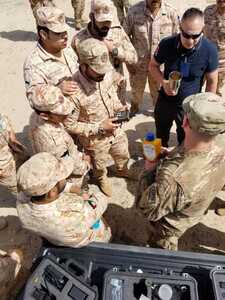

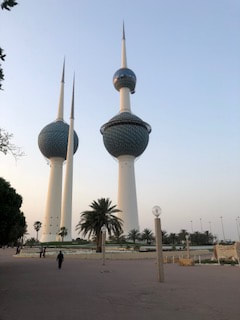

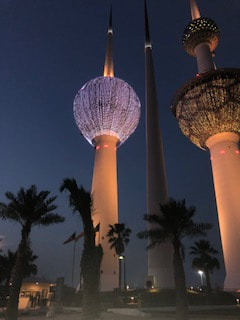
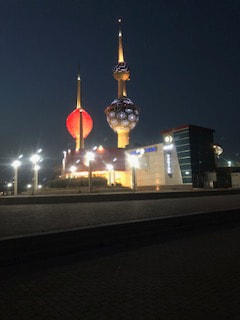
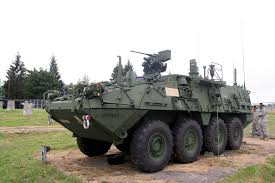
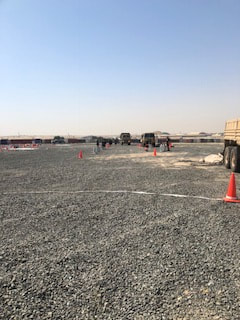

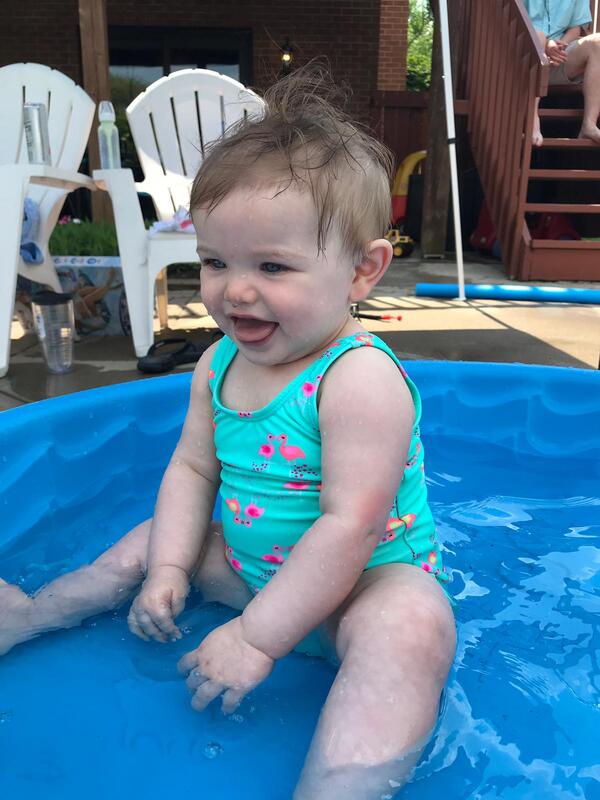
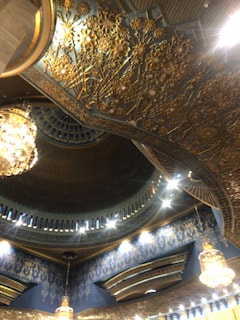



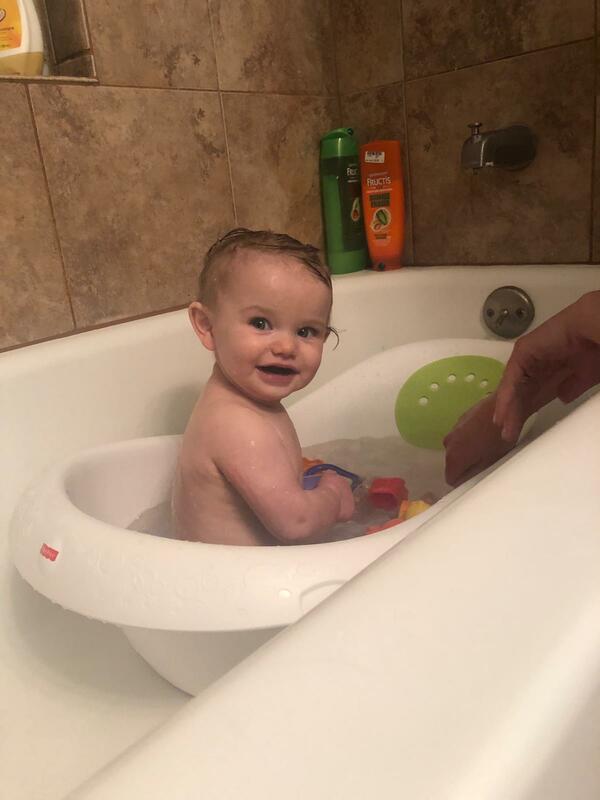
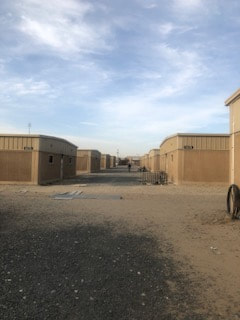
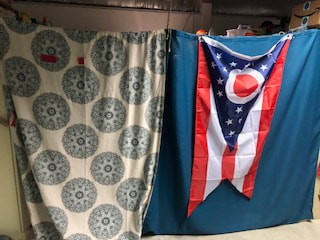



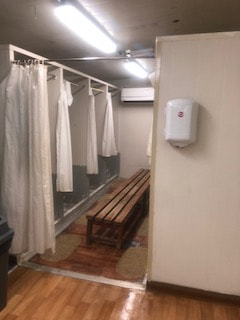



 RSS Feed
RSS Feed